Eighty years have passed since the historic autumn of 1945, but the seething breath of the August Revolution and the heroic spirit of Independence Day 2-9 still echo in every street, every construction, every land of the Fatherland. The "red addresses" associated with that momentous event have become sacred historical marks, reminding present and future generations of the aspiration for independence, freedom and the indomitable spirit of the Vietnamese people.
The “red addresses” that witnessed the revolutionary autumn now take on a new look. Through the lens of old and new photos, memories and the present intersect, reviving the heroic spirit of the revolutionary autumn of 1945, fostering confidence, forging will, and encouraging the entire nation to firmly move forward on the path of building and defending the Fatherland.
1. Na Nua Hut:
Na Nua hut (also known as Na Lua hut), located in Tan Lap village (Tan Trao commune, Tuyen Quang province), is where Uncle Ho lived and worked from the end of May to August 22, 1945 to prepare and lead the August Revolution in 1945.
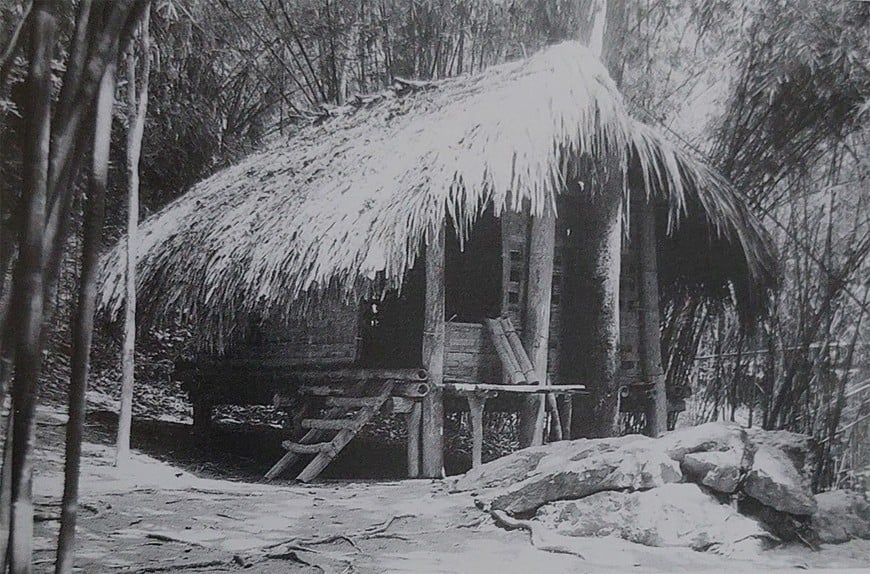

2. Tan Trao Communal House:
At Tan Trao communal house (Tan Lap village, Tan Trao commune, Tuyen Quang province), on August 16 and 17, 1945, the National Congress met to pass the order for a general uprising to seize revolutionary power throughout the country, passed 10 major policies of the Viet Minh Front and elected the National Liberation Committee, and determined the National Flag and National Anthem of Vietnam.
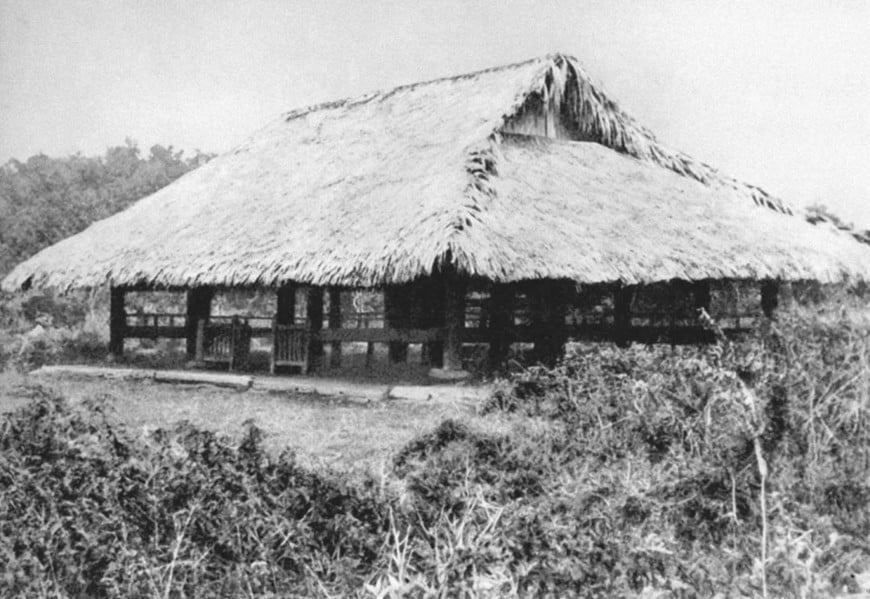
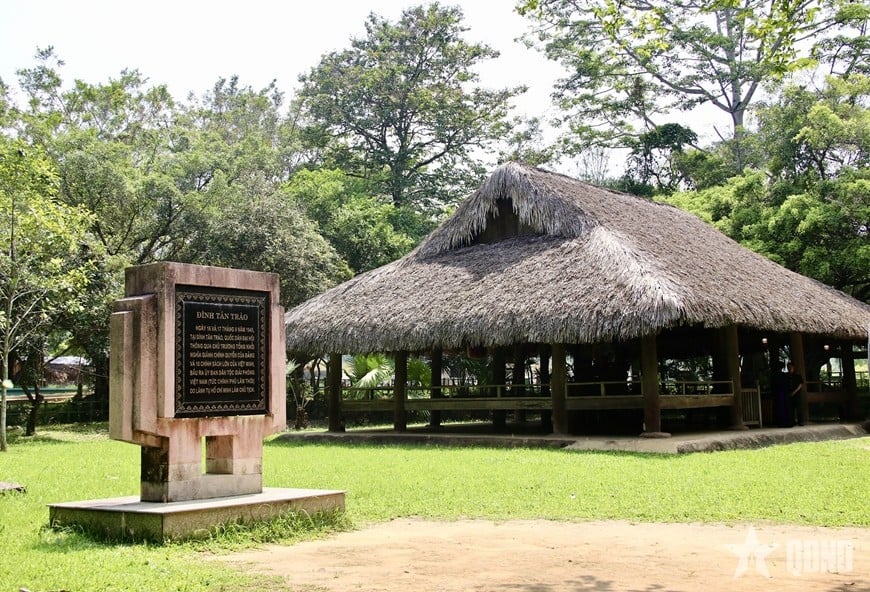
3. Tan Trao banyan tree:
At the banyan tree at the entrance of Tan Lap village (Tan Trao commune, Tuyen Quang province). On the afternoon of August 16, 1945, following the order of the National Uprising Committee, comrade Vo Nguyen Giap read Military Order No. 1 ordering troops to advance to liberate Thai Nguyen and advance to liberate the capital Hanoi .
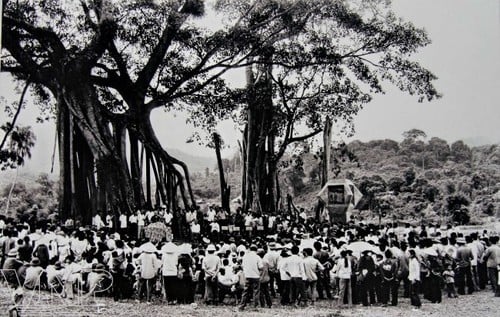
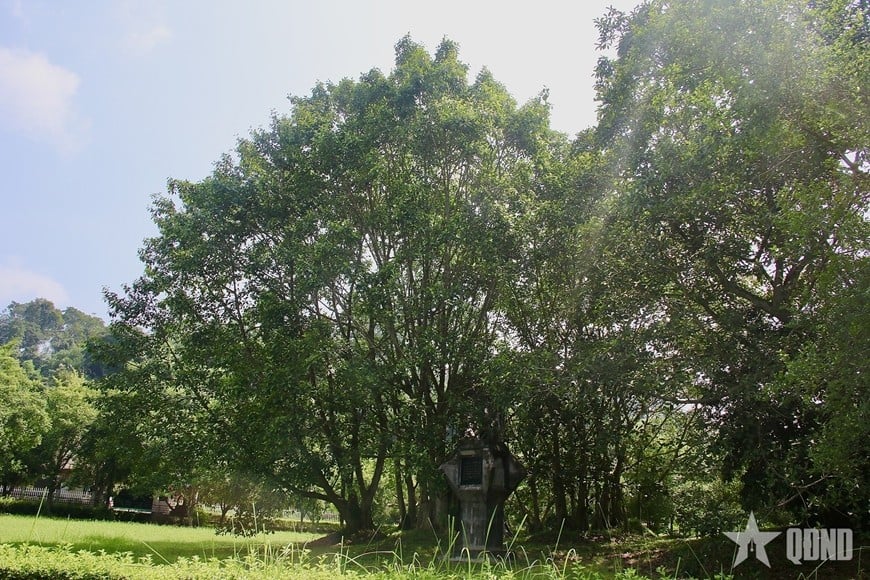
4. Headquarters of the Hanoi Uprising Committee (now the headquarters of the Vietnam Institute of Educational Sciences)
Here, on the morning of August 16, 1945, comrade Nguyen Khang - Standing Committee of the Bac Ky Regional Party Committee, on behalf of the Standing Committee convened a meeting with the City Party Committee to disseminate the Resolution of the Regional Party Committee on the establishment of the Hanoi Military Revolutionary Committee (ie the Uprising Committee).
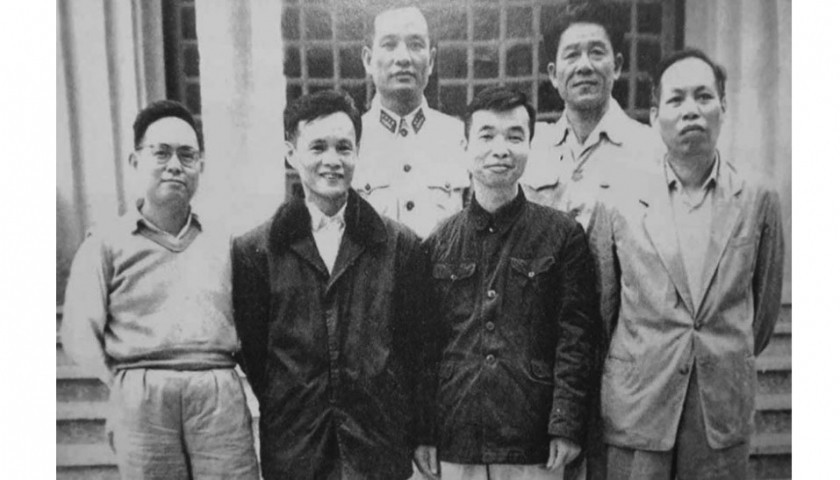
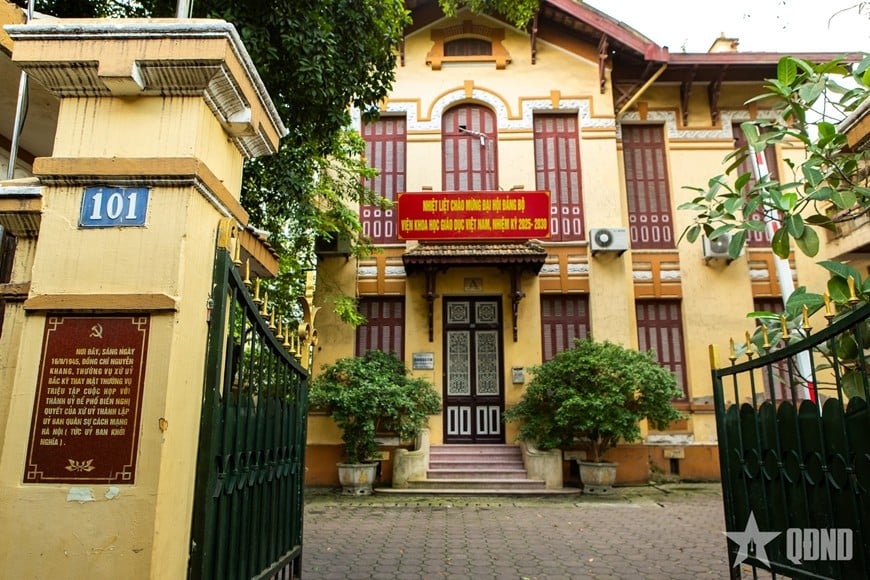
5. Opera House Square (now August Revolution Square)
At the Opera House Square (now the Square) August Revolution, or August 19 Square), on the morning of August 19, following the call of the Viet Minh, the whole of Hanoi rose up under the forest of red flags with yellow stars and took to the streets straight to the center of the Opera House to attend the rally.
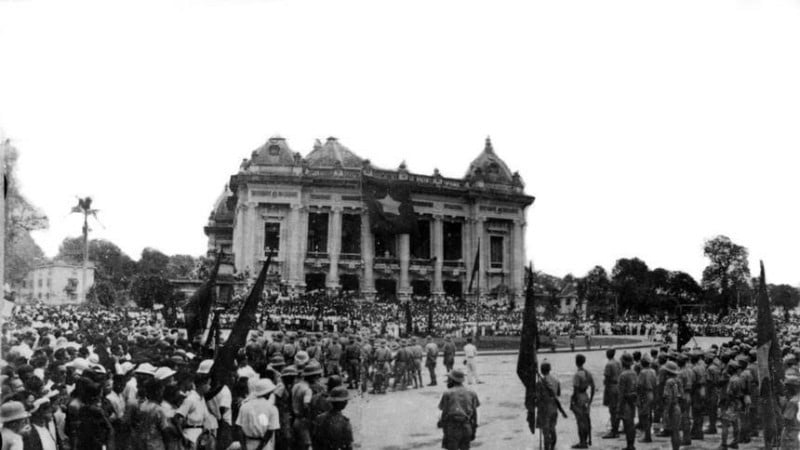
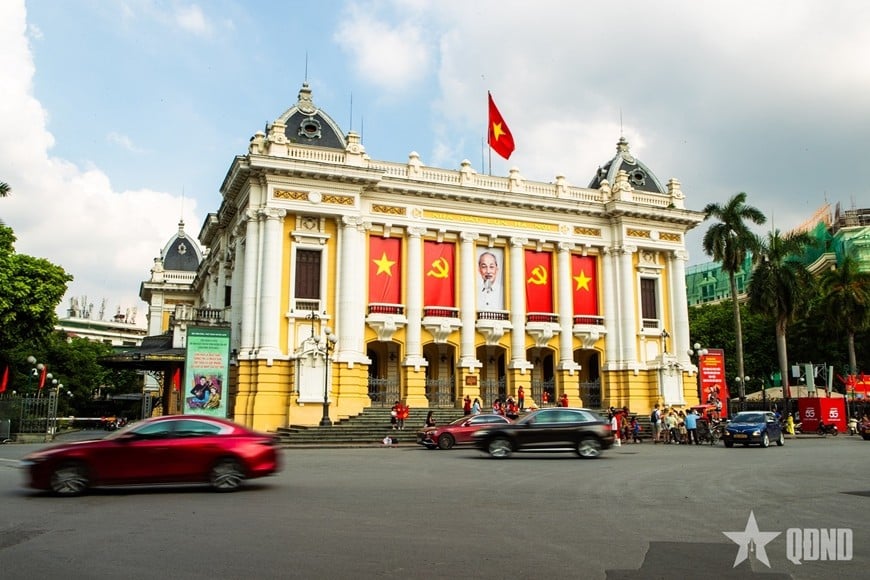
6. Palace of the Royal Commissioner of Tonkin (now the Government Guest House)
On August 19, 1945, from the Opera House Square (now August Revolution Square), after a large rally at the Hanoi Opera House, the people of the capital and the Viet Minh forces marched to occupy the Palace of the Imperial Commissioner of Tonkin (now the Government Guest House). After the victory of the August Revolution, this building was renamed the Palace of Tonkin, becoming the workplace of President Ho Chi Minh and the Provisional Government of the Democratic Republic of Vietnam.
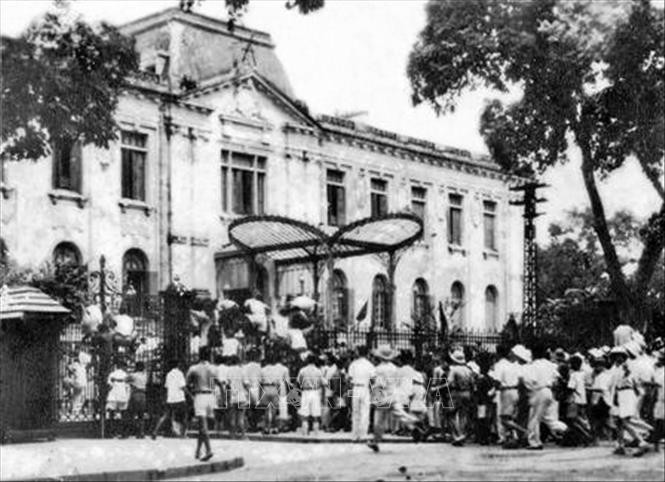
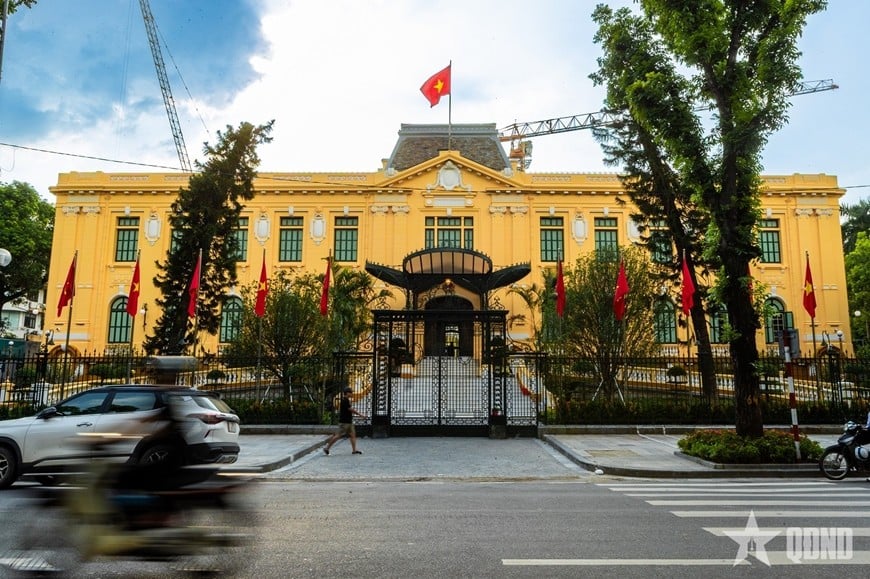
7. Central Police Department next to Hoan Kiem Lake (now the headquarters of Hanoi City Police, Hoan Kiem facility)
After occupying the Royal Commissioner's Palace of Tonkin (now the Government Guesthouse), the revolutionary masses continued to attack and occupy the Central Police Department by Hoan Kiem Lake (now the headquarters of the Hanoi City Police, Hoan Kiem base).
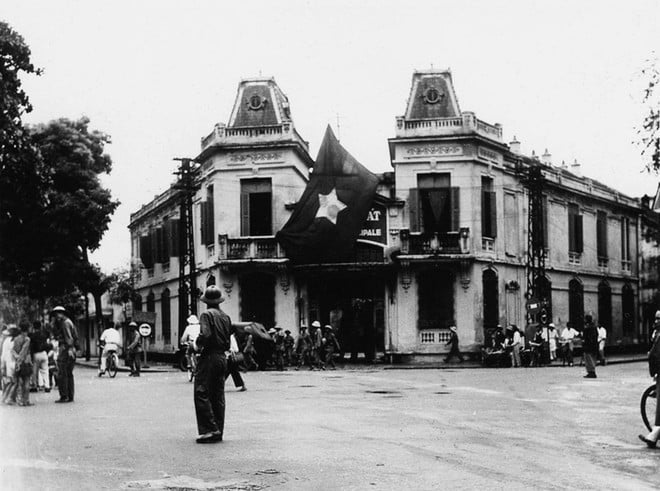
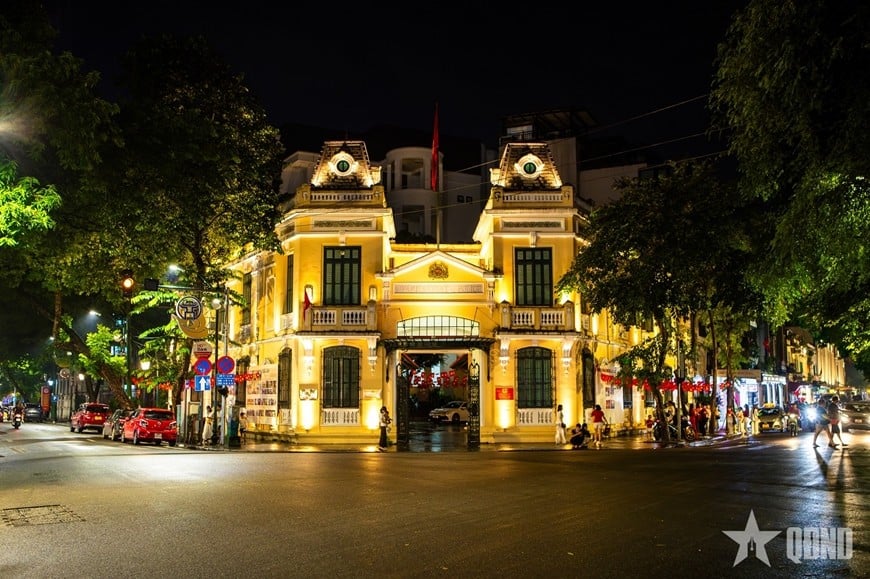
8. Trang Tien Street
On August 19, 1945, under the leadership and protection of the Self-Defense Youth Force and the Hoang Dieu Citadel National Salvation Youth Union, people from inside and outside Hanoi gathered in ranks, starting from the Opera House, passing through Paul Bert Street (now Trang Tien Street), spreading out across the streets, shouting in unison the slogans: "Support Viet Minh!", "Down with the puppets!", "Vietnam independence!".
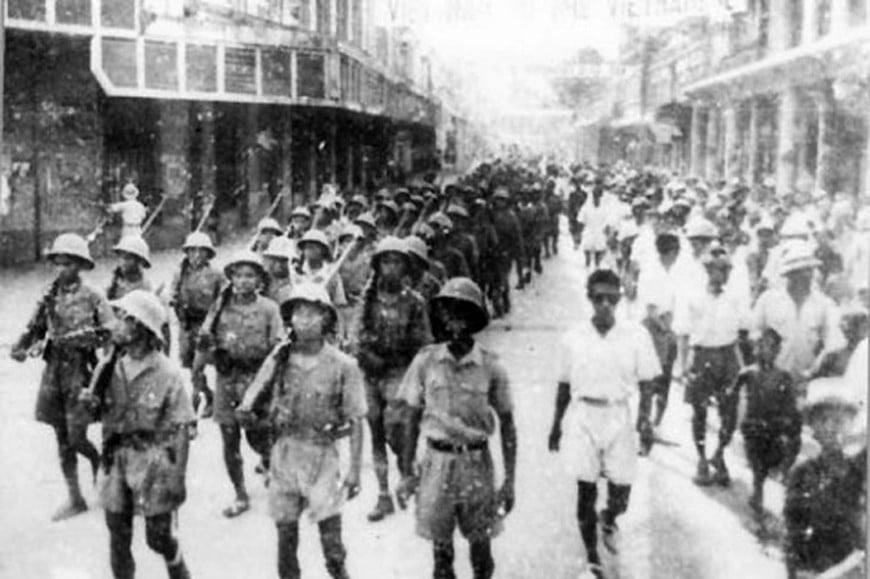
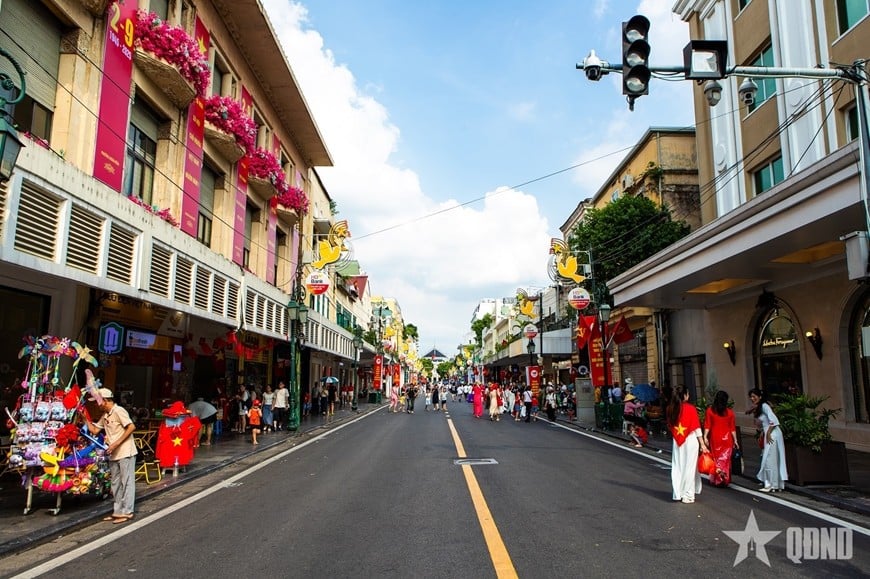
9. Nguyen Thi An's house
The house of Mrs. Nguyen Thi An was the first place where President Ho Chi Minh lived and worked when he returned to Hanoi from the Viet Bac resistance base to directly lead the people in preparing for the day of independence. The house was then a revolutionary base during the period of 1941-1945 in Phu Gia village, Phu Thuong commune, Tu Liem district (now Phu Thuong ward, Hanoi).
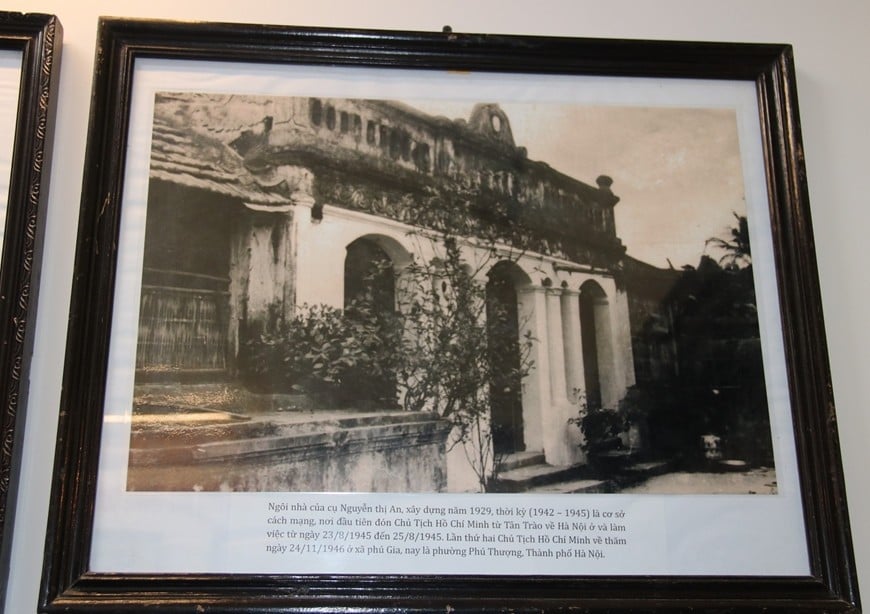
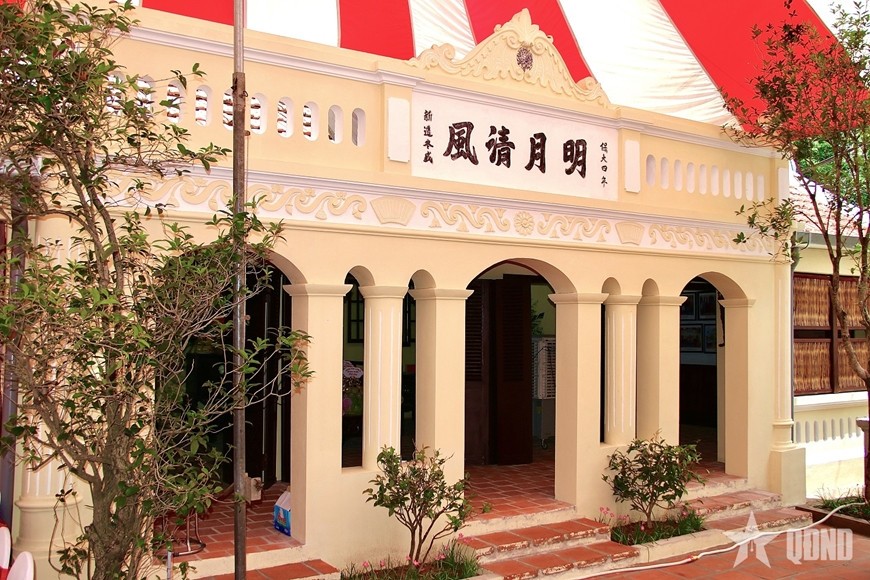
10. House number 48 Hang Ngang
At house number 48 Hang Ngang (now in Hoan Kiem ward, Hanoi), in 1945, President Ho Chi Minh wrote the Declaration of Independence giving birth to the Democratic Republic of Vietnam.
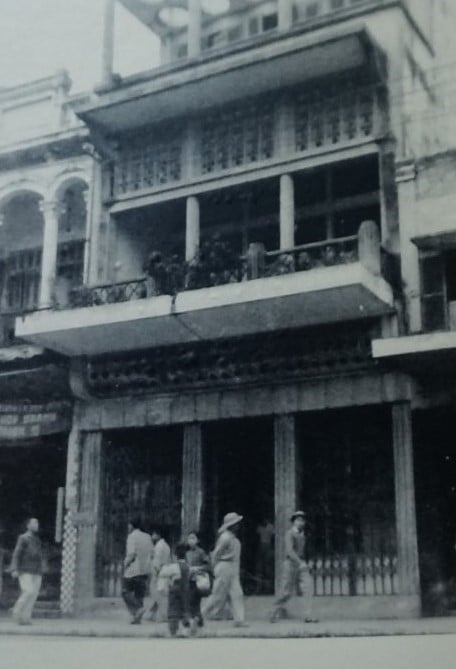
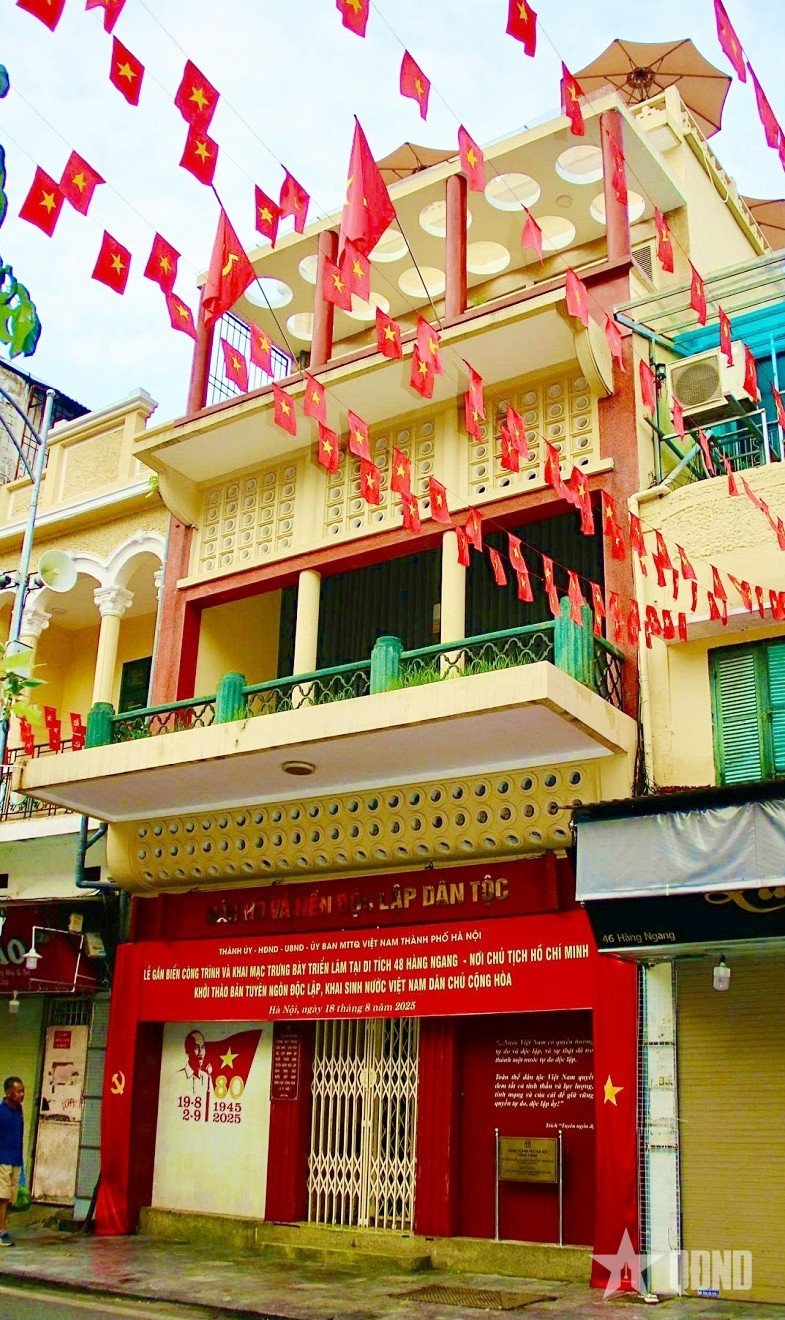
11. Ba Dinh Square:
On September 2, 1945, at Ba Dinh Square (Hanoi), President Ho Chi Minh, on behalf of the provisional government, read the Declaration of Independence, declaring to the people of the whole country and all of humanity around the world, giving birth to the Democratic Republic of Vietnam (now the Socialist Republic of Vietnam).
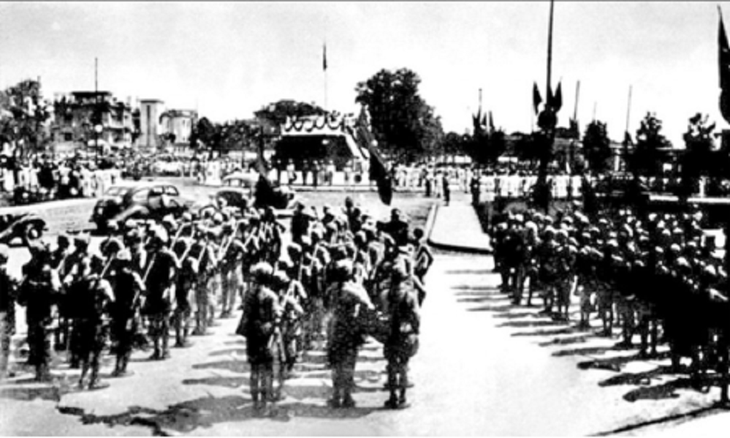

12. Hanoi Flag Tower:
During the French colonial period, the Hanoi Flag Tower was used as an observation post by the French army. In 1945, after the victory of the August Revolution, the red flag with a yellow star was flown for the first time on top of the Flag Tower.
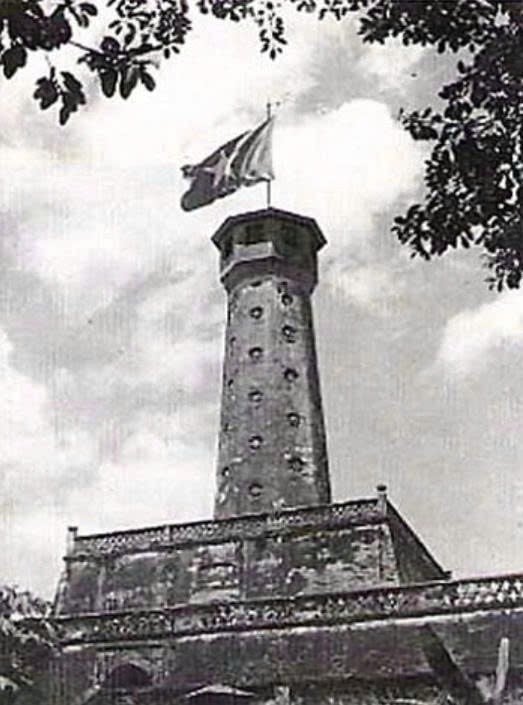
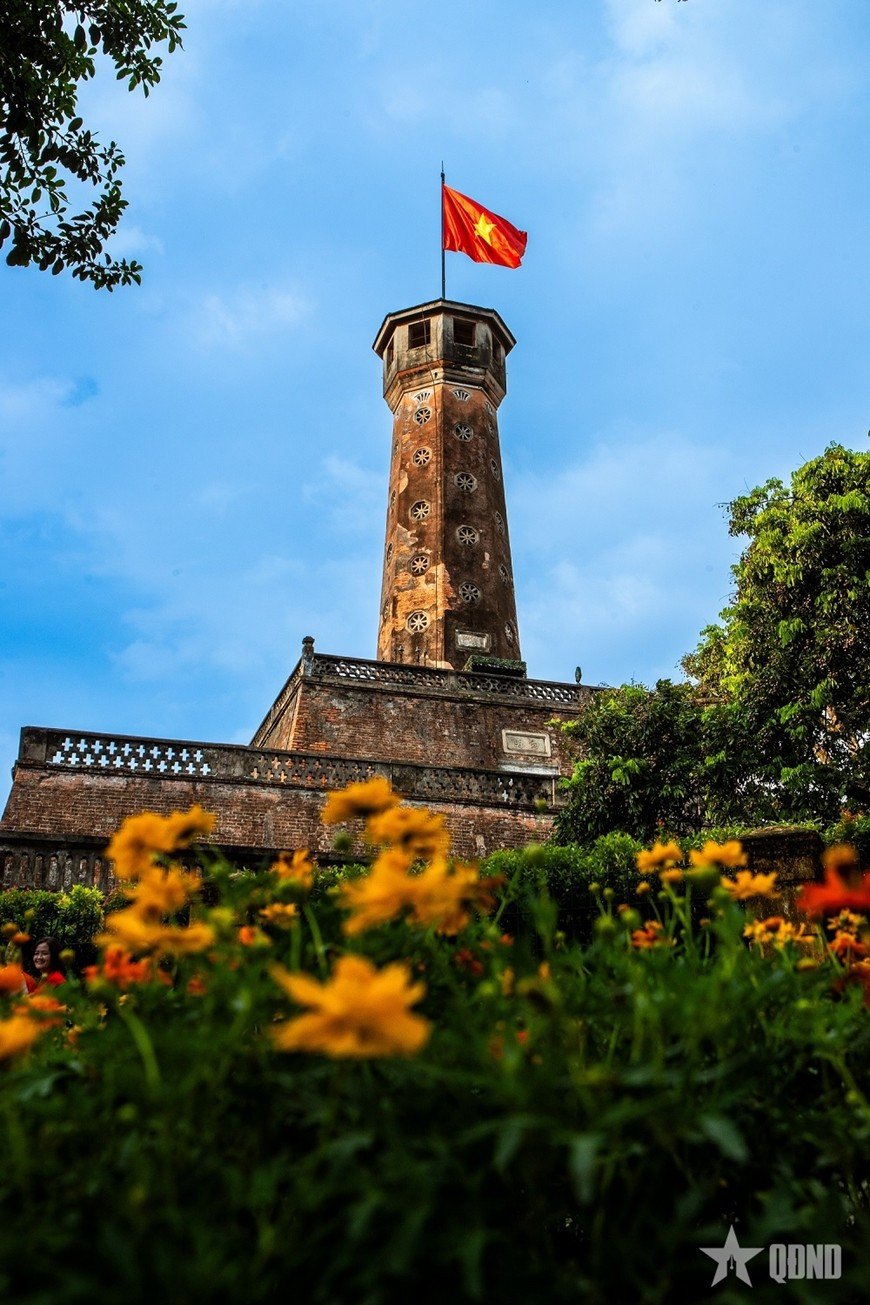
Source: https://baolangson.vn/nhung-dia-chi-do-ke-chuyen-mua-thu-cach-mang-nam-1945-5057035.html



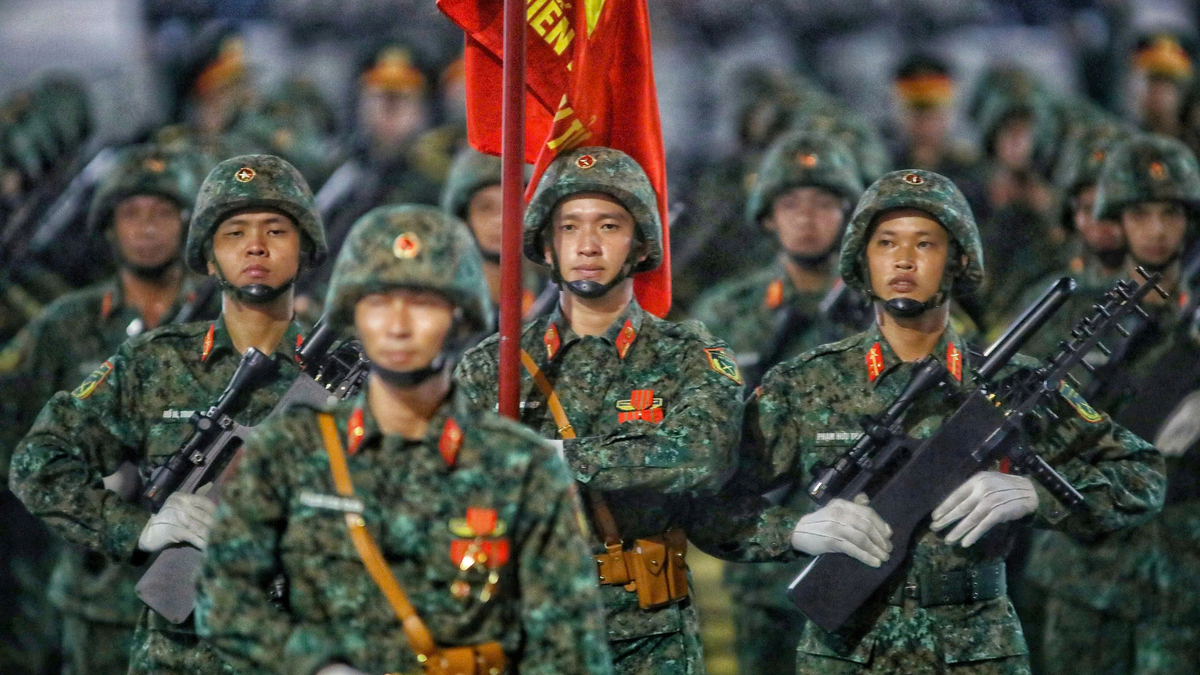
![[Photo] Images of the State-level preliminary rehearsal of the military parade at Ba Dinh Square](https://vphoto.vietnam.vn/thumb/1200x675/vietnam/resource/IMAGE/2025/8/27/807e4479c81f408ca16b916ba381b667)
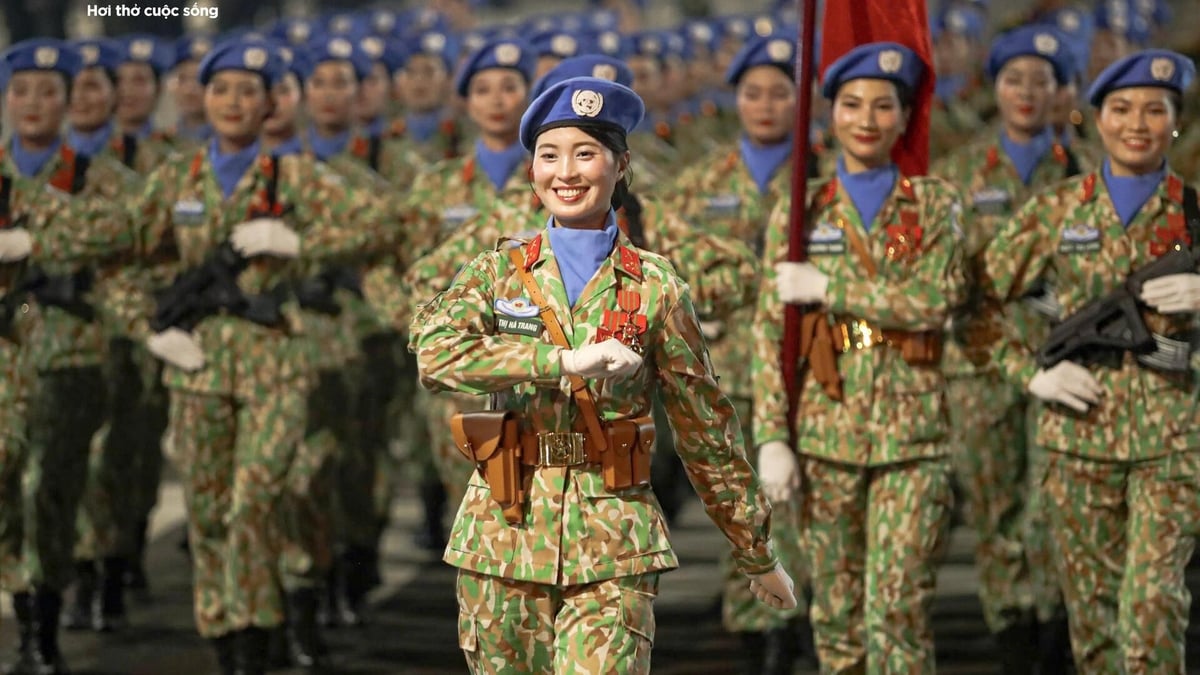
![[Photo] Parade blocks pass through Hang Khay-Trang Tien during the preliminary rehearsal](https://vphoto.vietnam.vn/thumb/1200x675/vietnam/resource/IMAGE/2025/8/27/456962fff72d40269327ac1d01426969)
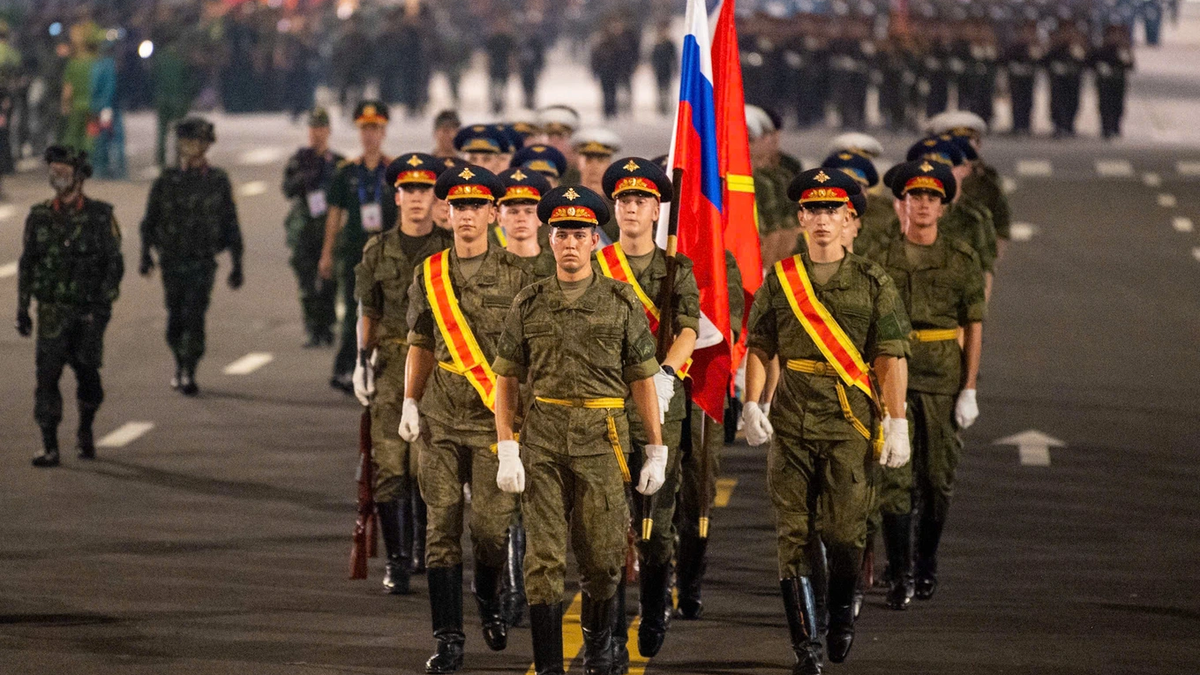
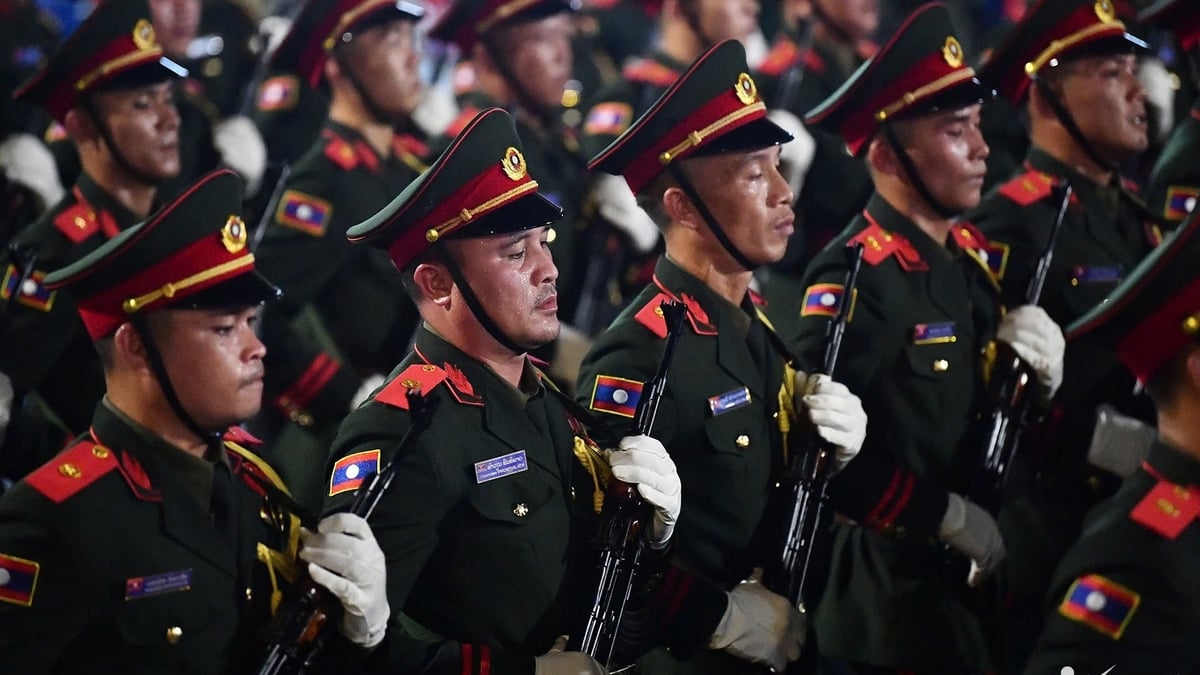


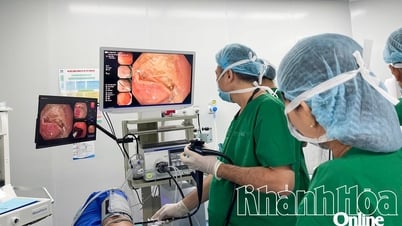


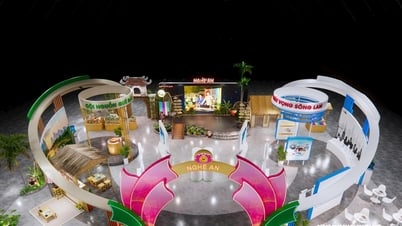



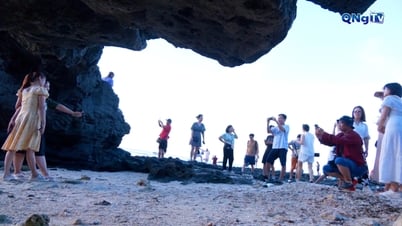




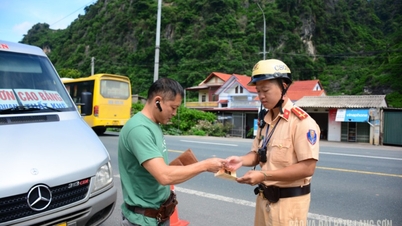
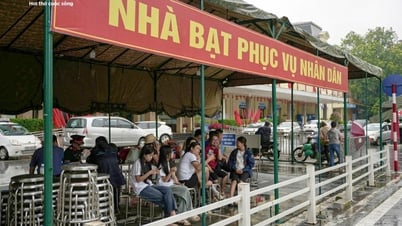
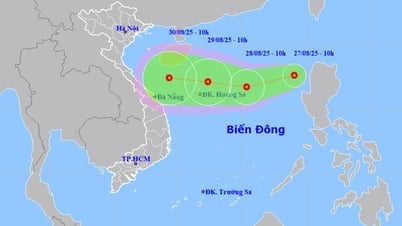

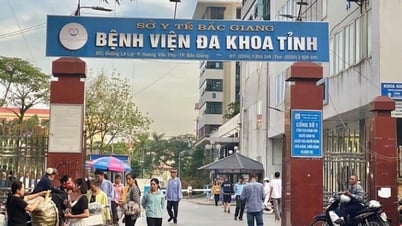
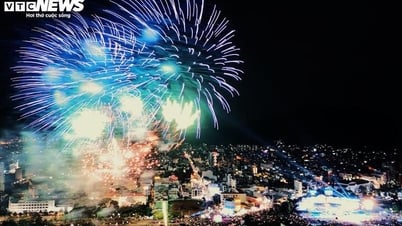






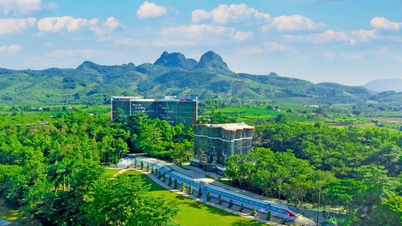

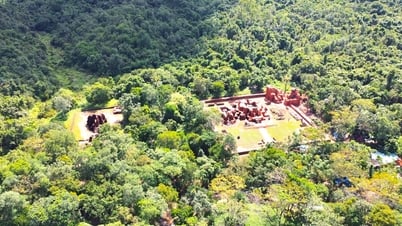

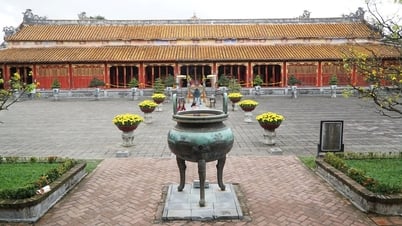


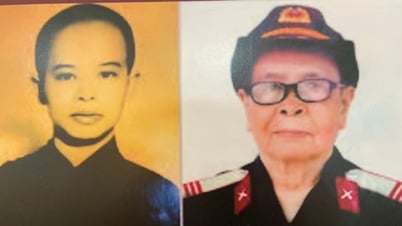





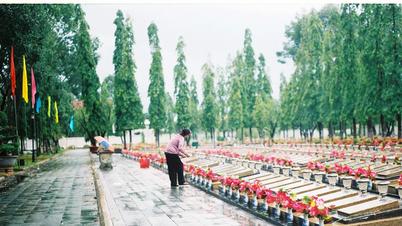
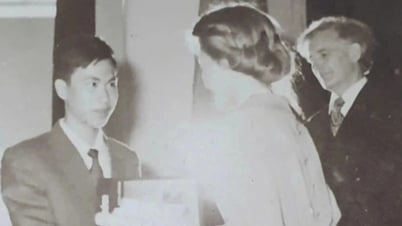




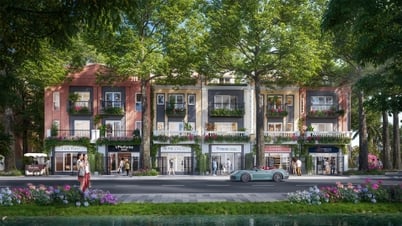


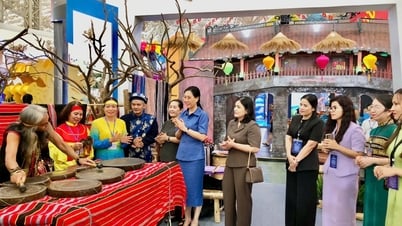






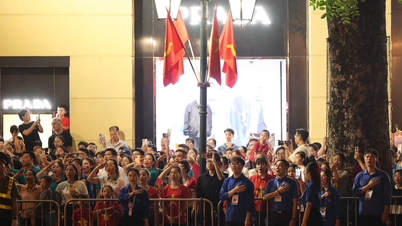

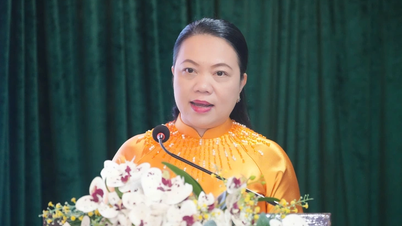
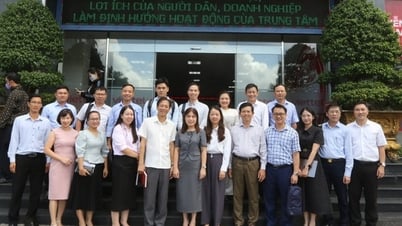



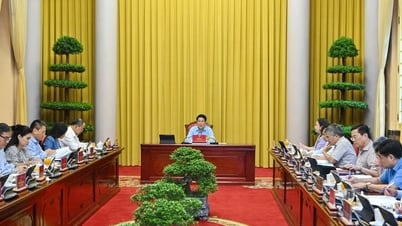


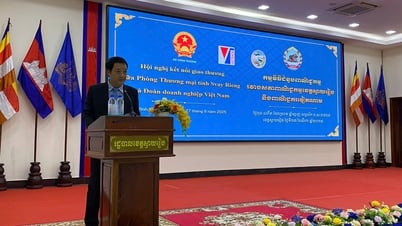



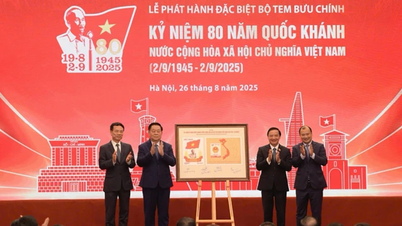



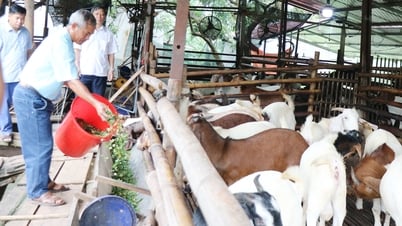

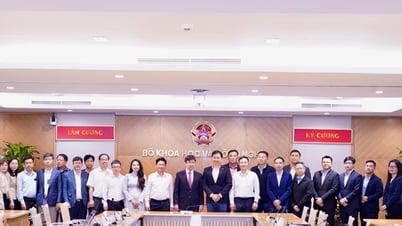













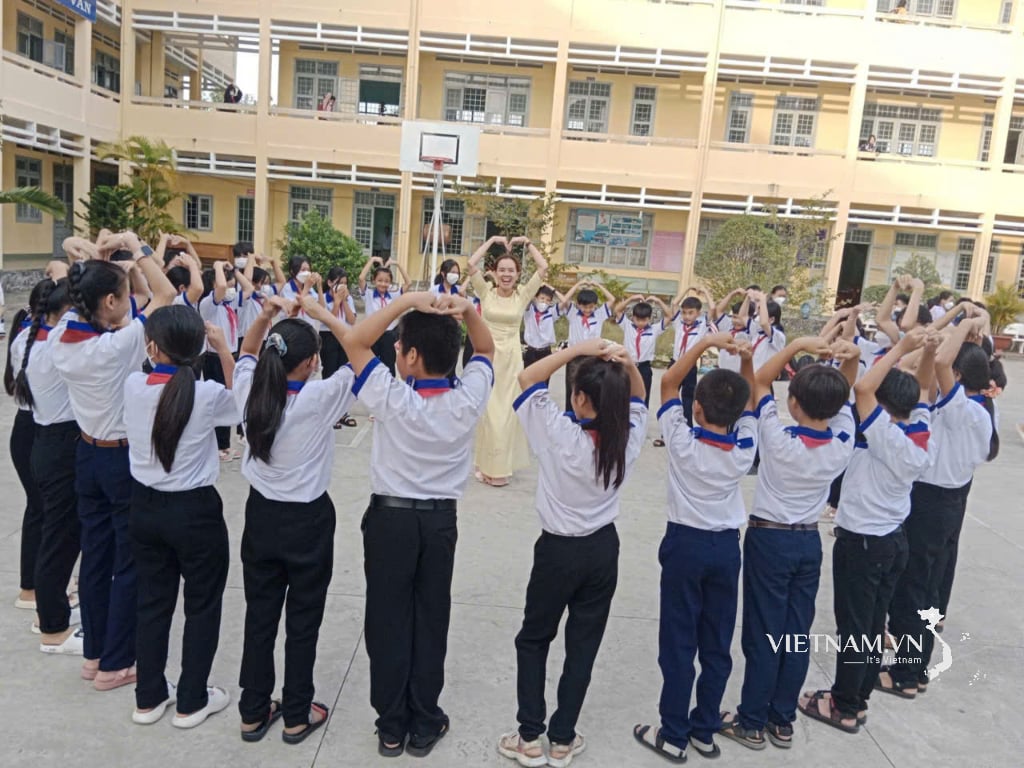
Comment (0)